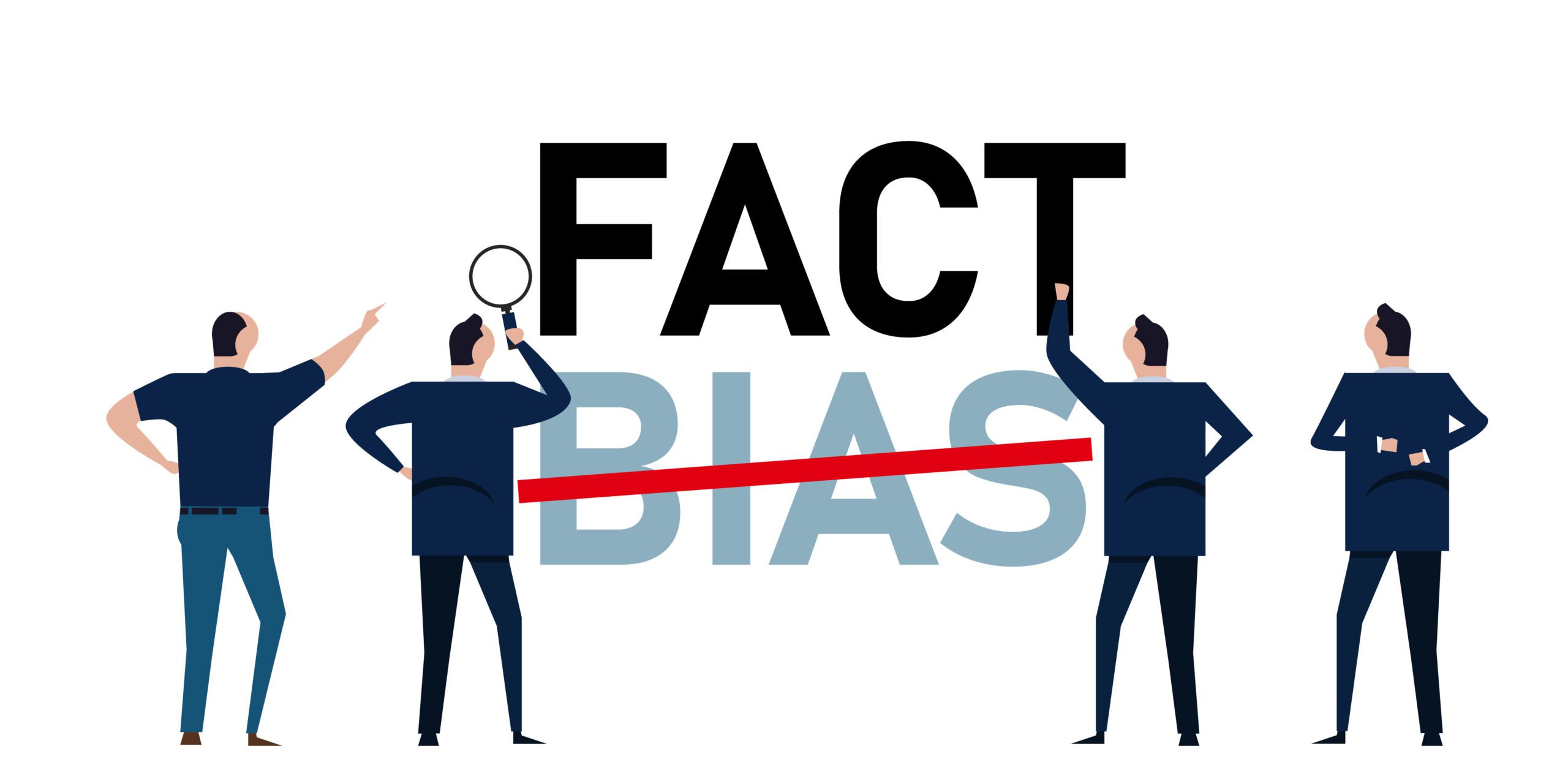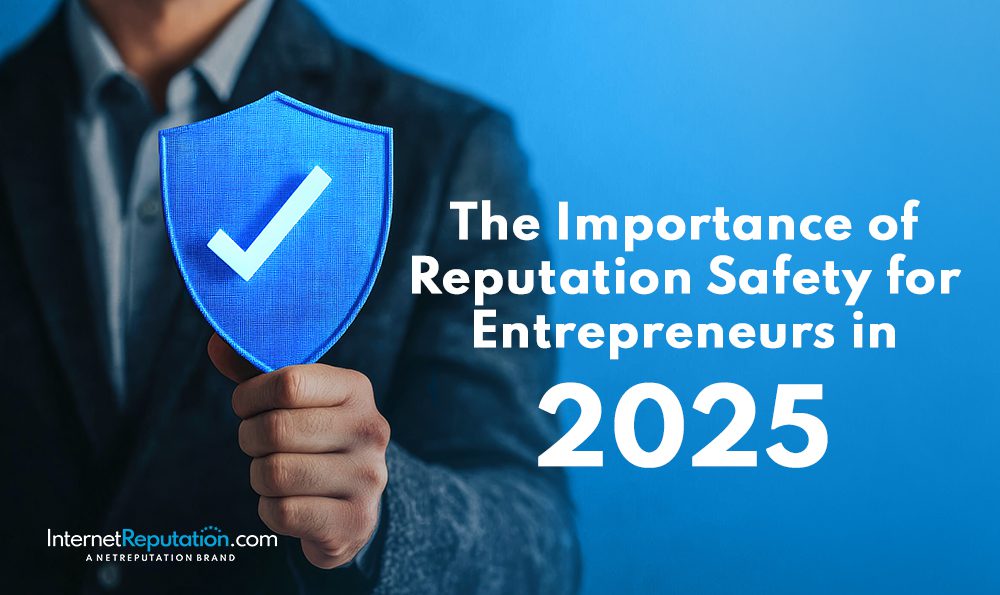Why Public Opinion Now Forms Before the Facts Are Known

Public opinion shapes elections, guides government policy, and influences how society responds to major events. But today, public opinion often forms before all the facts are known. Polls, media coverage, and social media amplify voices faster than facts can catch up. In a world where misinformation spreads quickly than verified information, it is critical to understand why opinions form early, what drives them, and what the consequences are.
What Is Public Opinion?
Public opinion is the shared view of the general population on a particular topic, policy, or event. It represents the attitudes and beliefs of individuals, as well as the collective mood of society. This collective perspective plays a pivotal role in shaping public policy, political discourse, and societal norms. The importance of public opinion cannot be overstated, as it often determines the direction governments, including the federal government, take on critical decisions and influences how resources, such as government spending and borrowing, are allocated.
Researchers measure public opinion through various research methods, including surveys, polls, and data collected from diverse populations. These quantitative measurement techniques aim to determine how voters, groups, or communities feel about government policy, spending, and other political or social issues. The American Sociologist Charles Horton Cooley and other experts, including members of the American Association of Public Opinion Research, have emphasized the dynamic nature of public opinion, highlighting its role as both a reflection of societal attitudes and a driver of political and social change.
While opinion research can provide valuable insights, it is often shaped by external forces, including news outlets, political speeches, media framing, and public debate. In many cases, popular opinion becomes established quickly, sometimes before facts or evidence are fully available. This phenomenon highlights the importance of communication strategies that prioritize accuracy and transparency in managing public perception effectively.
How Public Opinion Is Formed
Public opinion does not come from a single source. It develops through a complex mix of influences that interact within the broader context of society and politics:
- Media framing: News outlets and social media platforms highlight specific details, downplay others, and shape narratives that influence public attitudes. Media framing can determine which aspects of a story gain prominence, affecting how the general public perceives an issue.
- Personal experiences: People rely on their own encounters, which carry strong emotional weight and often shape their opinions more powerfully than abstract data.
- Social influences: Friends, families, communities, and social networks reinforce shared views and create social norms that individuals tend to follow, often to maintain group cohesion.
- Polls and surveys: Quantitative measurement gives an appearance of authority and legitimacy to public opinion, even when the underlying data collected may be limited or incomplete.
Together, these forces shape public attitudes that can form quickly—often without a full understanding of the matter at hand. This rapid formation of opinion is particularly evident in the digital age, where information—and misinformation—travels instantaneously.
Media Influence and Online Presence
Media remains one of the strongest forces shaping public opinion, especially in major hubs like New York. Television, newspapers, and digital platforms decide what issues deserve attention and how they are framed. A single headline or viral post can influence millions, underscoring the power of media in shaping the public discourse agenda.
An individual’s or organization’s online presence is inseparable from their reputation management. Public opinion is increasingly shaped by what is said and shared online, where narratives can be amplified or challenged in real time. Negative coverage or misinformation can quickly damage reputations, while proactive communication and transparency can help build trust and credibility.
Examples:
- News framed as a “crisis” raises public concern and can pressure policymakers to act swiftly, sometimes prematurely.
- Coverage that favors one side of a debate can skew perceptions and deepen societal divisions.
- Social media echo chambers repeat the same messages, reinforcing bias and sometimes spreading misinformation that complicates public understanding.
Because many people obtain their information from the same sources, these narratives establish the tone for public discussion and can even influence government decisions. This highlights the critical need for organizations and public figures to actively manage their online presence and engage in reputation management to positively influence public opinion.
Personal Experiences and Social Influences
Individual opinions are also shaped by lived experience. If someone has faced injustice, their view of government or society may lean skeptically. Conversely, witnessing kindness or effective governance in their community may foster hope and support.
Emotional reactions are powerful and can override facts and data. Experiences tied to safety, money, or respect often carry more weight than statistics. When people share these experiences with others, they help create a broader community narrative that strengthens public attitudes.
Society itself influences public opinion through social groups, associations, and communities that create norms shaping how individuals think and act:
- People conform to group views to avoid conflict and maintain social harmony.
- Social movements rally individuals around causes, influencing policy and legislation.
- Shared beliefs within communities can either unify or divide the general public.
When enough people support a view, it can grow into popular consent that pressures leaders, Congress, and institutions to act—even before the facts are fully confirmed.
Why Public Opinion Forms Before Facts
Public opinion often forms too early. The main drivers include:
- Confirmation bias: People tend to seek information that supports their existing beliefs, thereby filtering out contradictory evidence.
- Emotional reactions: Feelings such as anger, fear, or empathy can shape beliefs faster than evidence can be processed.
- Limited information: Early news reports and social media posts often fail to provide the full story or all relevant facts.
- Speed of social media: News and rumors spread instantly, without time for verification or context.
Together, these factors create a fast-moving environment where opinions harden quickly and can be difficult to change later. This environment challenges traditional public opinion research and demands more sophisticated approaches to accurately understand and measure public attitudes.
Consequences of Early Opinion Formation
When public opinion forms before facts are known, the consequences can be severe and far-reaching:
- Misinformation spreads widely, eroding trust in government, media, and institutions.
- Polarization deepens, as groups cling to different versions of reality.
- Poor decisions are made, both by voters and by leaders responding to public pressure.
Examples include policy debates driven by incomplete surveys, public spending decisions influenced by emotion rather than analysis, and political controversies that spiral out of control long before the evidence is clear. For instance, during President Trump’s presidency, rapid opinion formation often influenced political discourse and government action.
Moreover, premature public opinion can complicate reputation management for public officials, corporations, and organizations. Negative public perception, once formed, can be challenging to reverse and may impact everything from political office campaigns to consumer behavior.
How to Prevent Premature Opinion and Improve Reputation Management
A more informed society is possible. Preventing premature opinions requires effort from both individuals and institutions and is critical for effective reputation management:
- Seek reliable sources: Check multiple outlets and cross-reference facts to ensure accuracy and avoid misinformation.
- Think critically: Recognize personal biases and challenge them to prevent confirmation bias.
- Fact-check before sharing: Use established research methods and services to verify claims.
- Stay open-minded: Allow space for new information, even if it opposes current views.
- Encourage public discussion: Respectful debate and community dialogue can slow down reactionary thinking and promote understanding.
For organizations and public figures, maintaining an online presence that is transparent and responsive is essential to preserving public trust. Proactive communication strategies that address concerns and provide factual information can help shape public opinion constructively.
The Role of Public Opinion in America’s Economy and Politics
Public opinion plays a significant role in shaping America’s economy and politics. Attitudes about government spending, taxation, and economic policy influence how the federal government chooses to borrow money and allocate resources. Public sentiment can affect confidence in markets and the overall economic outlook.
Politics, in particular, is deeply intertwined with public opinion. Politicians and policymakers closely monitor public attitudes to guide their decisions and campaigns. Public opinion research provides them with accounts of voter preferences and concerns, enabling them to respond more effectively to the electorate.
Conclusion
Public opinion is a powerful force that guides government, influences politicians, and affects how societies allocate resources, create laws, and respond to crises. However, when public opinion forms before facts are known, it poses significant risks to democracy, social cohesion, and effective governance.
By slowing down, checking facts, and keeping an open mind, individuals and communities can help ensure that public opinion reflects informed perspectives rather than rushed judgments. Similarly, organizations must recognize the importance of reputation management and online presence in shaping and responding to public attitudes.
The challenge is ongoing, but the solution begins with each person’s and institution’s effort to pause, verify, and understand before reacting. Through these efforts, public opinion can become a more reliable foundation for critical decisions that affect society and governance.


